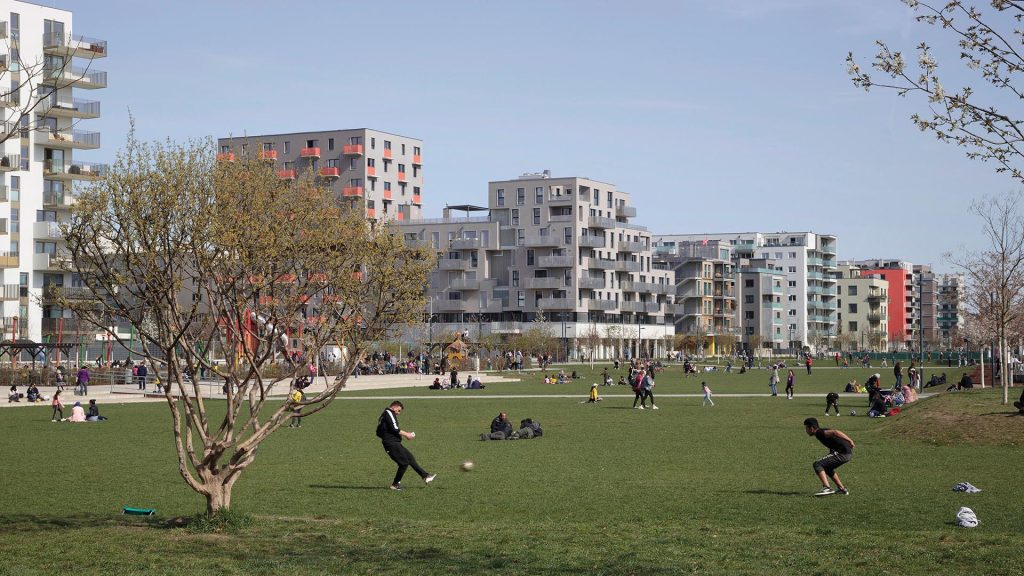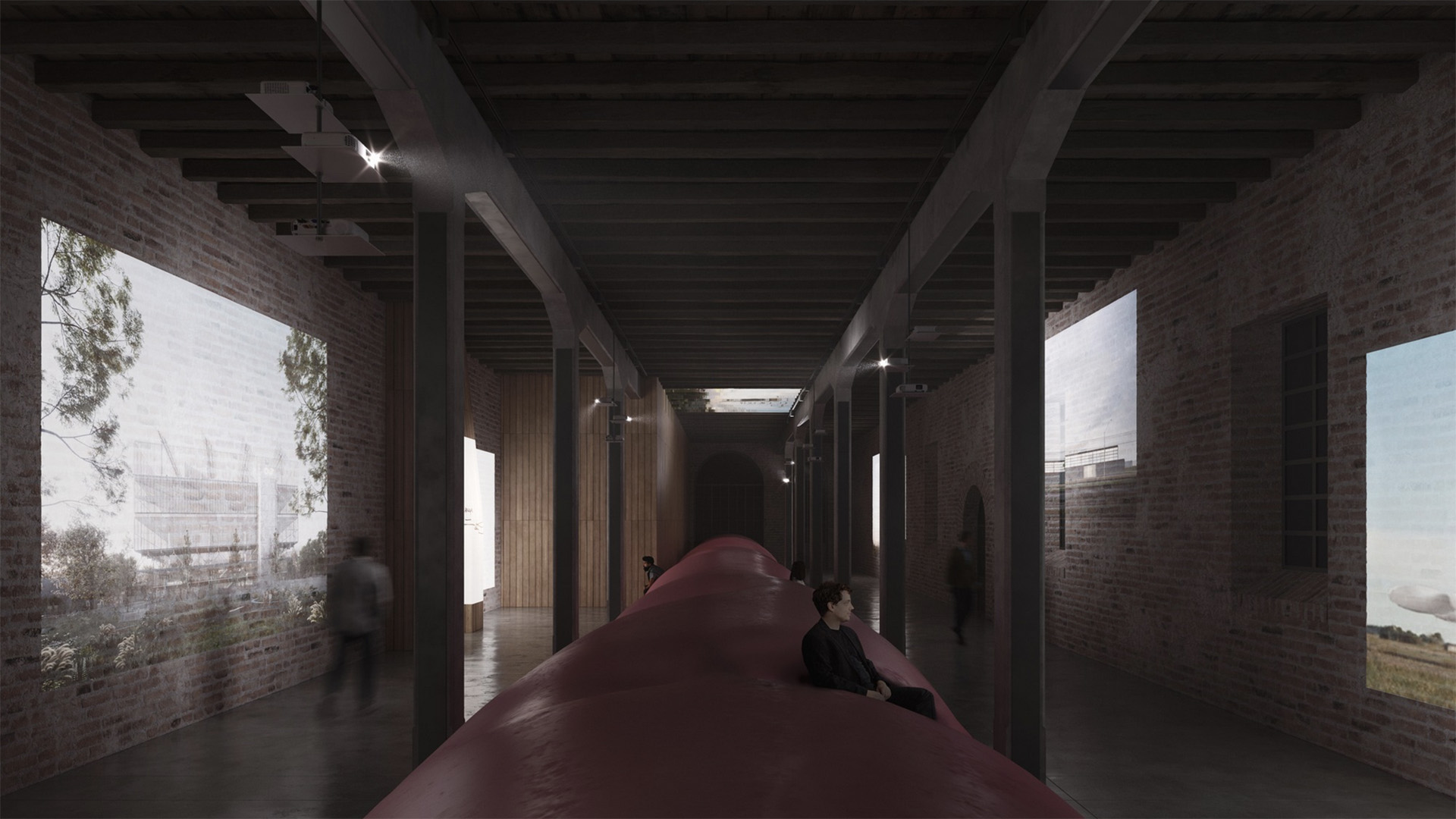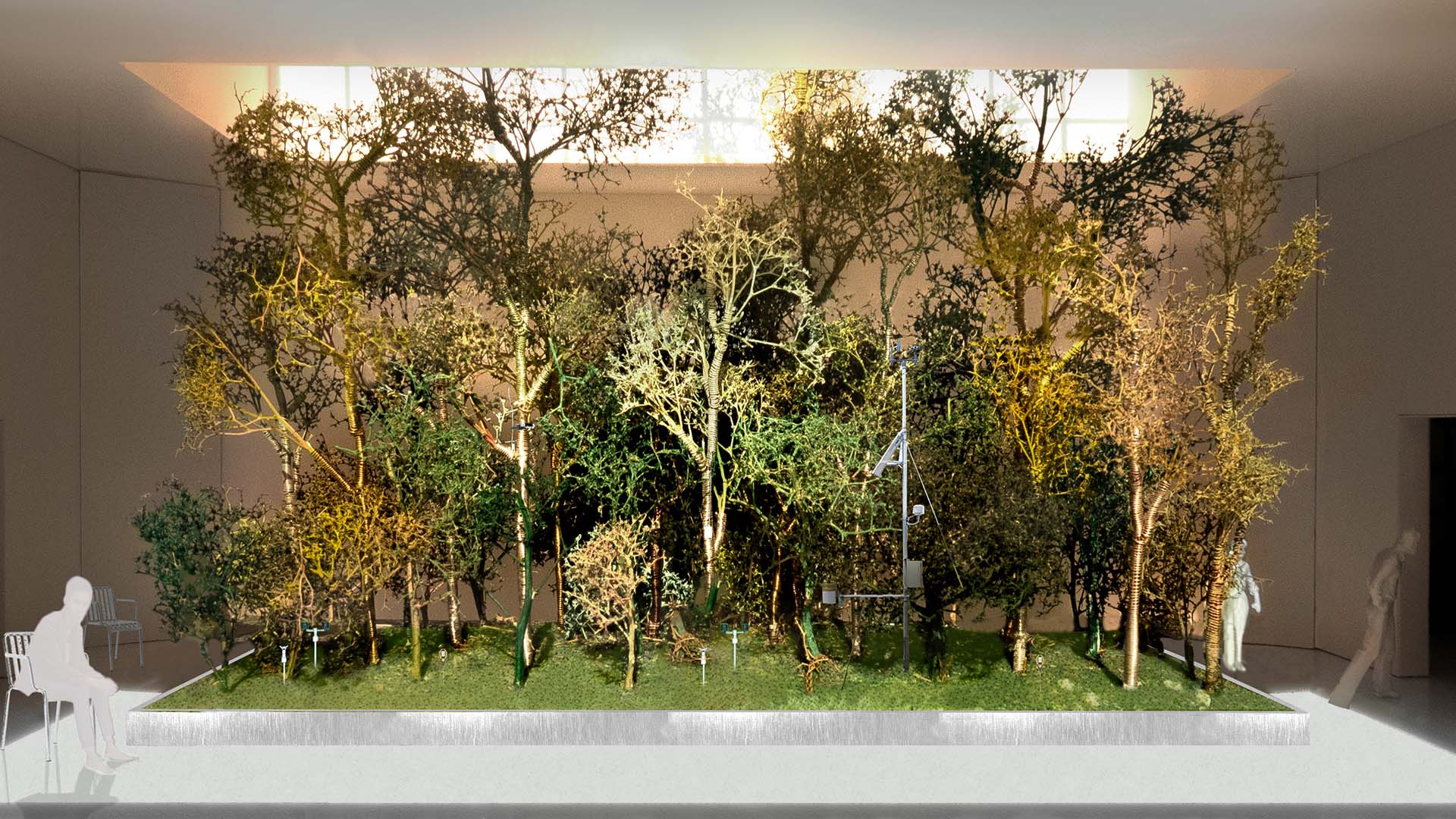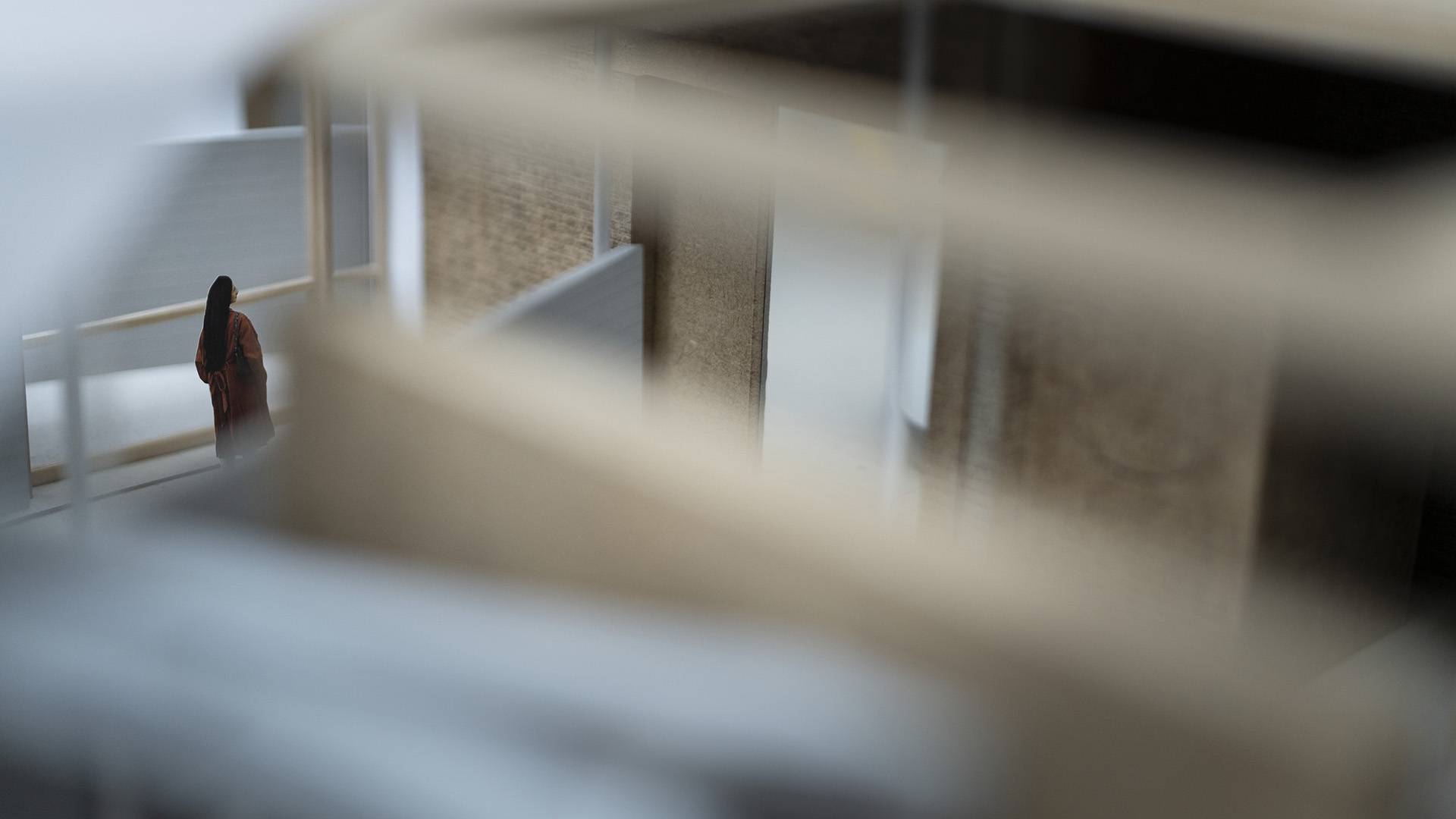
81. Venice Film Festival

80. Venice Film Festival

79. Venice Film Festival

The Biennale Arte Guide
Foreigners Everywhere

The Biennale Architecture Guide
The Laboratory of the Future

The Biennale Arte Guide
Il latte dei sogni

The future of cities and the balance between nature and the built environment take center stage in the projects of the National Participations of the 19th International Architecture Exhibition curated by Carlo Ratti.
The first previews of the National Participation projects at Intelligens. Natural. Artificial. Collective, the upcoming Biennale Architettura curated by Carlo Ratti, reveal a strong focus on the future of cities, the urgency of imagining new housing models, and the need to rethink the relationship between nature and the built environment. They promote an active dialogue on the role and responsibility of architects and urban planners in shaping the human living environment in light of emerging global challenges.

Curated by Juan Manuel Pachué and Marco Zampieron, the Argentine Pavilion presents Siestario, a collective experience of leisure that will immerse visitors in a space for relaxation and contemplation made with silo bags – plastic sacks used for grain storage, widely repurposed in Argentina as makeshift roofs, summer pools, or animal shelters. The siesta, a temporary break from routine, is thus redefined as an act of suspension: not merely a quieting of the body, but a complete stillness, contrasting with the frenetic pace of working life.
IG @juanmapachue | @marco.zampieron
The Austrian Pavilion’s proposal is based on the urgent issue of housing. The provision of housing is almost entirely in the hands of the private sector, rents are skyrocketing, and cities are becoming increasingly uninhabitable. As a result, the fundamental right to housing takes on a new political significance. Curated by Lorenzo Romito, Sabine Pollak, and Michael Obrist, the Agency for Better Living explores new residential models by comparing Vienna’s top-down social housing approach with Rome’s bottom-up self-organization methods.
www.labiennale2025.at | IG @austrianpavilion

How will architecture evolve in light of new discoveries about plant intelligence? With Building Biospheres, landscape architect Bas Smets, climate scientist Valerie Trouet, and biologist Stefano Mancuso explore the potential for a new relationship between nature and architecture, envisioning buildings as artificial microclimates where plants play a crucial role. The Belgian Pavilion will serve as a laboratory to demonstrate how plants can reduce energy consumption, improve air quality, and promote a healthier urban lifestyle.
www.vai.be | IG @bassmets
With TERRÆ AQUÆ. Italy and the Intelligence of the Sea, curator Guendalina Salimei has chosen to focus the analysis on the maritime dimension, particularly emphasizing “the design of the boundary between land and water as an integrated system of architecture, infrastructure, and landscape.” Alongside her, a multidisciplinary team of excellence, including designers, researchers, and artists, will contribute to creating a major laboratory of ideas and projects for the future. Co-founder of T-Studio and currently leading the Kilometro Verde social housing project in the Corviale residential complex in Rome, Salimei is the first woman appointed to curate the Italian Pavilion at the Biennale.
www.tstudio.it
Inspired by John Cage’s 4’33”, the Luxembourg Pavilion redefines our perception and interaction with the environment by shifting focus from images, which dominate our present, to sounds. Sonic Investigations features ambient noises from biological, geological, and human sources, encouraging active listening as a way to understand the invisible dynamics within both built and natural environments, reshaping the relationship between architecture and acoustic landscapes.
www.venicebiennale.kulturlx.lu | IG @venicebiennaleluxembourg

The title of the Swiss project, Die endgültige Form wird von der Architektin am Bau bestimmt (lit: The final form is determined by the architect on site), refers to a note by Lisbeth Sachs (1914-2002) about her design for the Fine Arts Pavilion at the Swiss National Exhibition of Women’s Work (SAFFA) in Zurich, 1958. The project has a dual purpose: it highlights the importance of the on-site decision-making process as crucial to defining the final architectural form, while also revisiting the figure of one of Switzerland’s first registered female architects. The curators ask, “What if Lisbeth Sachs, instead of Bruno Giacometti, had designed the Swiss Pavilion?”
www.prohelvetia.ch | IG @prohelvetia_venice